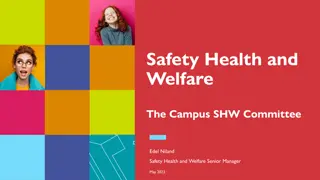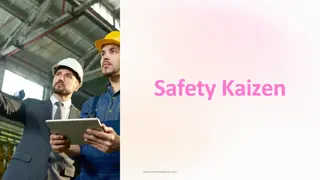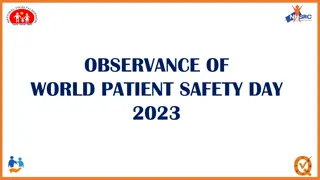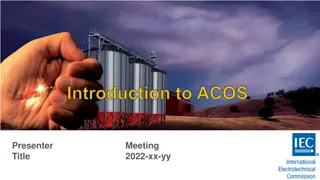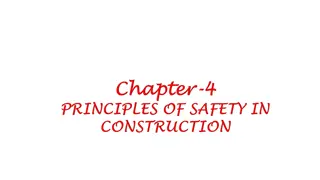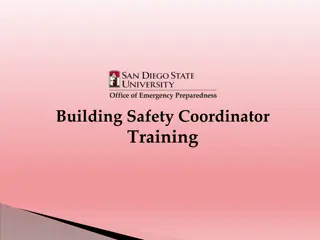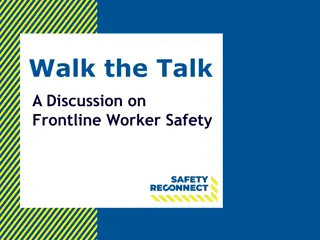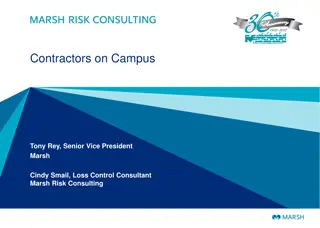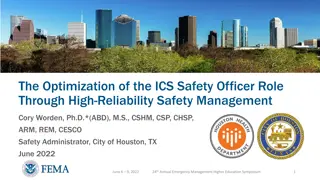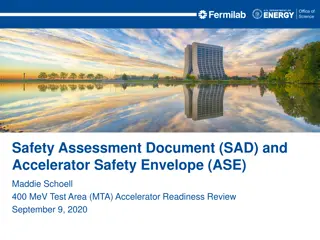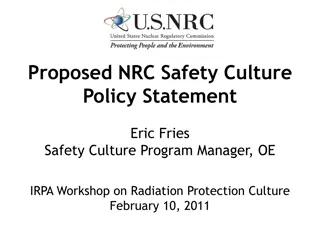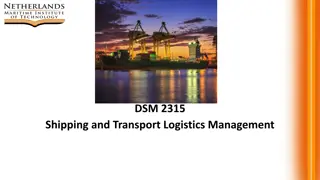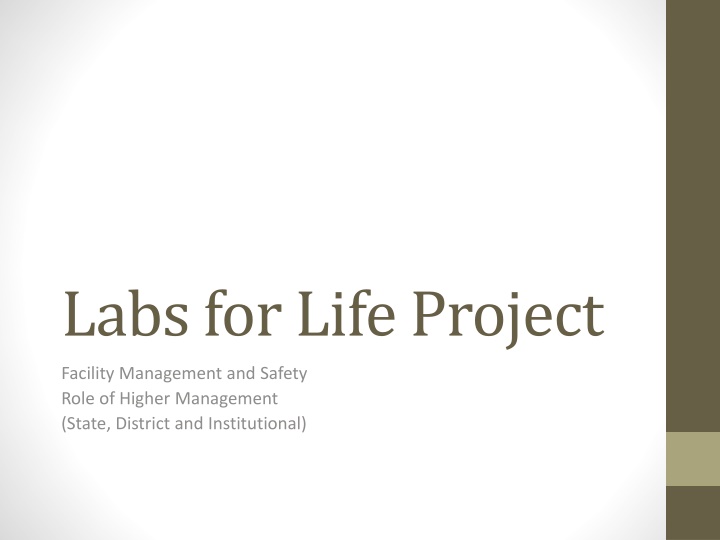
Role of Higher Management in Facility Safety and Management
Explore the critical responsibilities of higher management in maintaining safety and efficient management in medical laboratories, along with their key roles in the Indian public health system. Understand the international standards and the crosscutting role of management in ensuring safety protocols are effectively implemented.
Download Presentation

Please find below an Image/Link to download the presentation.
The content on the website is provided AS IS for your information and personal use only. It may not be sold, licensed, or shared on other websites without obtaining consent from the author. If you encounter any issues during the download, it is possible that the publisher has removed the file from their server.
You are allowed to download the files provided on this website for personal or commercial use, subject to the condition that they are used lawfully. All files are the property of their respective owners.
The content on the website is provided AS IS for your information and personal use only. It may not be sold, licensed, or shared on other websites without obtaining consent from the author.
E N D
Presentation Transcript
Labs for Life Project Facility Management and Safety Role of Higher Management (State, District and Institutional)
Management Responsibilities Defined under international standards of Medical laboratories ISO: 15189 and 15190 Calls for continuous engagement of the Higher Management in the laboratory activities Leadership Safety Values and Actions: Leaders must demonstrate a commitment to safety in their decisions and behaviors.
Indian Public Health System Multi-layered Responsibility Pertinent Questions How can the state government contribute? How can the district administration contribute? How can the institutional management contribute? How can the departmental heads contribute? How can the staff contribute?
The Crosscutting Role of Management Engineering Controls Administrative Controls Work Practice Controls
The Hierarchy of Safety Controls Eliminate (Physically remove hazards) Substitute( replace with less hazardous methods) Isolate (Implement barriers between hazards and people) Optimize (Infrastructure optimization for efficiecy) Establish Safety Protocols Facilitate Safety Protocols Follow Safety Protocols
Role of Higher Management Overall Administrative Establishment of a Safety System Infrastructure Development Financial Management Provision of Safety Training Monitoring
Overall Administrative Meet overall manpower and resource requirements Liaison with regulatory bodies such as Pollution Control Bodies & AERB, emergency response bodies, disease surveillance bodies such as IDSP & IHR Act and update on the policy changes
Establishment of a Safety System Having a safety policy (State/ District/ Facility) Designating safety officers (State/ District/Facility) Having a facility specific safety manual: read and understood Risk assessments Defining safety indicators Monitoring the safety indicators Incident Reporting and Investigations Implementing safety audits and making available the results to higher level management
Infrastructure development Facilitate Engineering Controls through administrative actions While designing or re-designing labs, take the help of experts in scientific floor planning
Financial Management Considering occupational safety (Employee, User, Environment) as an integral need while budget planning Funds for contingencies in outbreaks or other emergency situations FMR code in PIP for safety along with quality (B15.2)
Providing Safety; some key points Water, Sanitation and Hygiene Provision for Environment Cleaning Hand Hygiene Equipment Decontamination Fire-safety Safe Phlebotomy Equipment Personal Protective Equipment Vaccinations Post Exposure Prophylaxis First Aid Bio-Medical Waste Management
Training Providing periodic and calendared system for Safety Trainings in all aspects of Safe Work-Practices Evaluation of the effectiveness of trainings
Monitoring and Continual Improvement Quality Indicator Dashboards (Facility/ District/ State) Periodic Safety Audits Root cause analysis and follow up Training evaluations Others .


